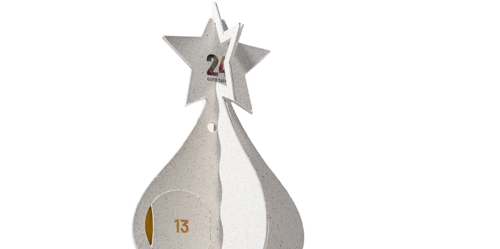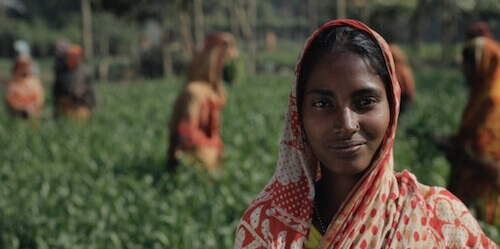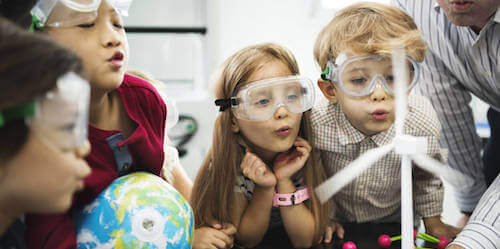 Peace begins on the plate
Peace begins on the plate
Secure food and income for conflict-affected families in eastern DR Congo
Every mobile phone contains coltan. The mineral is therefore a highly sought-after ore. Ore mining, in turn, fuels the military conflicts in the province of South Kivu in the east of the Democratic Republic of the Congo. The outbreaks of violence have destroyed the livelihoods of many people in the country and forced millions to flee (WFP, 2021). In the highlands of Minembwe, a large part of the population lacks sufficient and wholesome food. In particular, there is a shortage of seeds. In addition, the arrival of thousands of displaced people from neighbouring regions has further exacerbated the situation (Commune Rurale de Minembwe, 2019). Meanwhile, east of Minembwe, some 40,000 Burundian refugees live on 6 US dollars per month for food in the Lusenda and Mulongwe refugee camps (Evariste, 2020). "A hungry belly has no ears," Naum Butoto, a long-time expert on the situation and project partner says in an interview in 2021. Thus, in regions facing population growth and resource scarcity, conflicts often arise between refugees and host communities.
Necessity
Balanced nutrition and increased income for refugees and receiving communities in South Kivu Province (DR Congo).
Activity
Seeds for staple foods and vegetables are transported, sorted and packaged at a seed bank and distributed to smallholder families.
Countable effort
Number of households receiving seed packets and increasing their agricultural yields.
Result
The farming families improve their food security and generate surpluses. Trust develops among the various population groups.
Systemic effect
Members of different communities can live together peacefully and sustainably.
Background
There is actually no lack of resources in the DR Congo: valuable ores on the one hand, tropical rainforests and freshwater reserves on the other. But these assets have not led to greater prosperity among the population. Relentless colonial rule, dictatorship and civil wars as well as the struggle for raw materials have plunged the country into a permanent crisis. The people in South Kivu suffer particularly badly from violence and a lack of prospects. One of the main reasons is the activity of domestic and foreign armed groups. At the same time, ethnically motivated conflicts flare up again and again. There are killings, sexualised violence and the deterioration of the economy. For years, families in Minembwe have been living on less than one to one and a half US dollars per day – among them about 40 per cent are internally displaced persons from other parts of South Kivu (Evariste, 2020). The local population is thus forced to share their already meagre harvests. Malnutrition also characterises everyday life in and around the refugee camps of Lusenda and Mulongwe. The increasing shortage of food is endangering the coexistence of displaced people and host communities. In light of this, diverse seeds help to protect and increase crop yields. People are able to eat two nutritious meals a day and sell surpluses. In addition, all ethnic groups actively work together. This increases their motivation to secure peaceful coexistence in the long term.
The good deed
Thanks to your good deed, a seed packet consisting of staple foods such as maize, beans and potatoes as well as various vegetables such as cabbage, onions, aubergine and amaranth is distributed to families. Beforehand, the seeds are transported to the project regions and stored, sorted and packaged at a seed bank. The large areas of particularly fertile soil in the region form the foundation for long-term prosperity. The distribution of seeds takes place within the framework of a comprehensive project: It goes hand in hand with the establishment of the seed bank, the leasing of agricultural land, the founding of smallholder cooperatives, agricultural training and conflict training. By improving the supply situation of all those affected, conflict potentials are defused and future opportunities are made possible. Mutual understanding between the resident population, internally displaced persons and Burundian refugees in South Kivu is strengthened.

AboutDemocratic Republic of the Congo
Kinshasa
Capital
89,561,404
Number of inhabitants
557 USD
Gross domestic product per capita per year
175 of 189
Human Development Index
The DRC is the second largest country in Africa and has the greatest area of rainforest on the continent. Congo accounts for about 50 per cent of the world's coltan production.
About the organization and further information
Association
Solidaritätsdienst International e.V. (SODI)
Website


Further information and source
- BGR, 2009. “Coltan fingerprint”: BGR enables the certification of trading chains, Stand: 25.08.2021, Hannover.
- Commune Rurale de Minembwe, 2019. Rapport de l’identification des déplacés et des besoins d’urgence suite au conflit des groupes armés dans le secteur de Lulenge, groupement de Basimuniaka sud, cas des villages des haut plateaux de Minembwe.
- Evariste, M., 2020. Etude de faisabilite du programme multisectoriel dans les hauts de Minembwe et camp des refugies burundais de Lusenda et Mulongwe au Sud-Kivu en RD Congo.
- WFP, 2021. Democratic Republic of the Congo, Stand: 26.08.2021, Rom.




